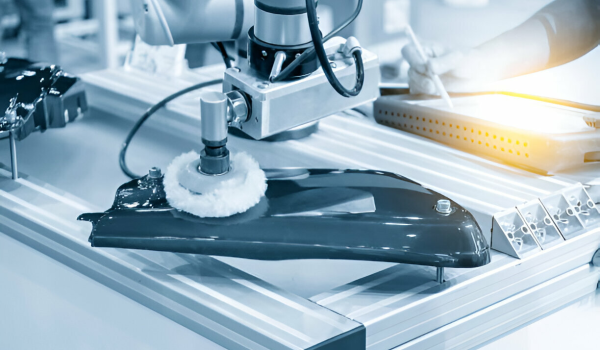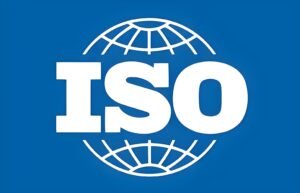Surface finish is a significant aspect of the manufacturing process that has a big impact on a product’s quality, performance, and durability.
Especially for OEMs (Original Equipment Manufacturers) and tiered suppliers, understanding the intricacies of surface finish can translate into increased efficiency and customer satisfaction.
If you’re trying to figure out which surface finish technology is best for your project, this article will cover the basics as well as the latest trends.In addition, we will also look at the regulations and standards for surface finishes.
So, let’s get started!
Basics of Surface Finish
When we talk about surface finish in manufacturing, we’re referring to the overall quality, roughness, and smoothness of a finished product’s surface. It’s important to recognize that surface finish isn’t just about how something looks—it directly impacts how a product performs.
For example, a smoother surface can help reduce friction, which in turn can improve wear resistance. This means that parts will not only fit together better but also function more efficiently.
Ultimately, a high-quality surface finish can lead to components that are more reliable and have a longer lifespan. This means that knowing how to get the right surface finish can greatly improve the performance and longevity of products.
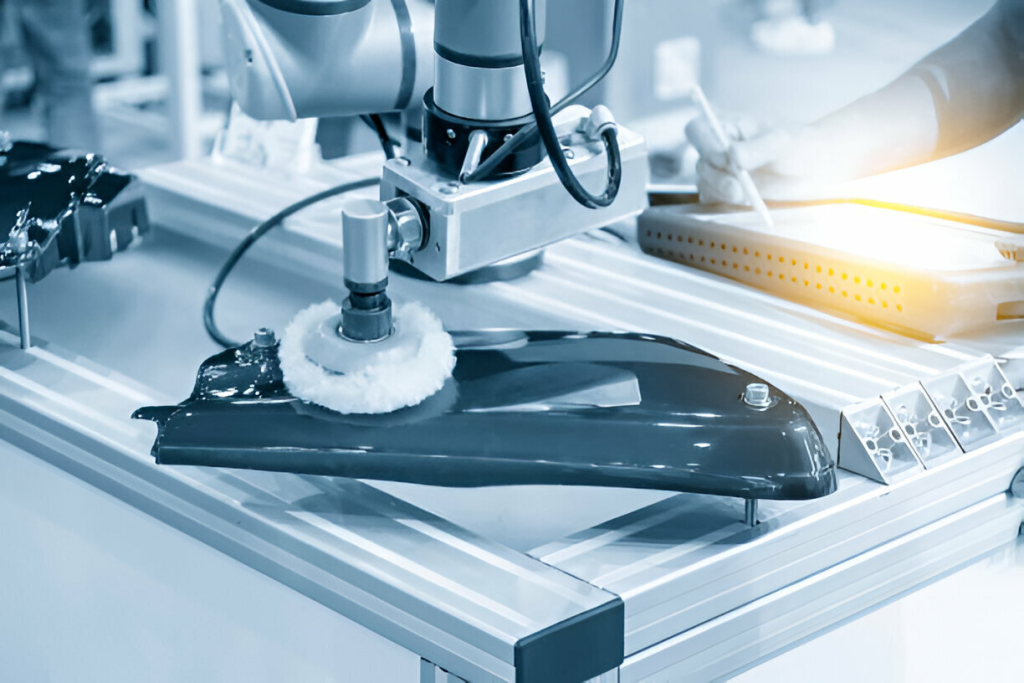
Different Types of Surface Finish Techniques
You can get the surface finish you want in a number of different ways, each of which is better in its own way and ideal for different situations.
Here’s a close look at some popular and common methods:
1. Grinding and Polishing
This technique is perfect when you need an ultra-smooth surface. Grinding uses abrasive wheels to remove material, while polishing employs finer abrasives to achieve a mirror-like finish. It’s commonly used for components requiring high precision and smoothness, such as in the aerospace and medical industries.
2. Electroplating
In this process, a thin layer of metal, such as chromium or nickel, is electrically deposited onto the surface. This not only enhances the appearance but also significantly improves resistance to corrosion and wear. Electroplating is frequently used in automotive parts, hardware, and decorative items.
3. Machining
Machining encompasses various cutting and shaping tools to create the desired surface texture. Techniques like turning, milling, and drilling fall under this category. This method is highly versatile and can produce everything from rough cuts to finely detailed parts, making it a go-to for many manufacturing applications.
4. Chemical Finishing
Chemical finishing involves treating the surface with specific chemicals to enhance its appearance and performance. Processes such as anodizing, passivation, and pickling fall under this category. These treatments can improve corrosion resistance, hardness, and aesthetic appeal.
5. Blasting
Blasting techniques use abrasive materials, like sand or glass beads, propelled at high speeds to clean and finish surfaces. This method is excellent for removing surface contaminants, shaping rough surfaces, or preparing surfaces for further treatment. It’s widely employed in construction, shipbuilding, and automotive industries.
6. Anodizing
Anodizing is an electrochemical process that converts the metal surface, usually aluminum, into a durable, corrosion-resistant, and aesthetically pleasing oxide finish. It’s commonly used for functional and decorative purposes in architectural and consumer goods.
7. Laser Surface Texturing
This advanced method uses laser beams to create controlled patterns on surfaces. It enhances adhesion, improves lubrication retention, and creates unique textures. Laser texturing is valued in industries like medical devices and electronics.
8. Buffing
Buffing uses soft cloth wheels with polishing compounds to create a high-gloss finish on metals, plastics, and other materials. It’s typically used after grinding and polishing to achieve an immaculate surface finish.
9. Hot Dipping
To make a protected covering, hot dipping includes putting the piece of work into a molten bath of metal, like zinc. Galvanized steel is the most common example. It adds a layer that lasts and doesn’t rust or corrode. This technique is widely used in building products, car parts, and outdoor activities.
10. Coating with Powder
In powder coating, paint powder is spread to a surface using an electric charge and then dried in a hot oven. The finish is of good quality and will last for a long time. It won’t chip, scratch, or fade. This method works well for both protective and artistic finishes on many materials, including metals, and is commonly used in the furniture, appliance, and car industries.
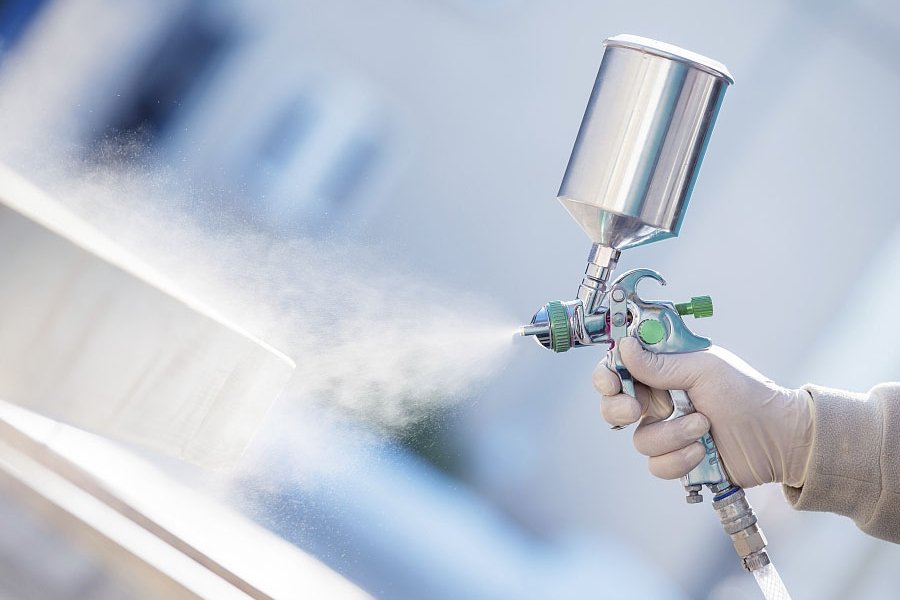
Symbols and Parameters for Evaluating Surface Finish
To evaluate a surface finish, you need to use certain symbols and factors that help you measure and express the quality you want.
Let’s look at a few of the most important ones:
Ra (Roughness Average)
Roughness Average, or Ra, is a well-known way to measure how rough a surface is. The arithmetic mean of the exact values of the surface variations from the mean line over a certain length is found. Ra is a standard number used in many businesses because it gives an average measurement of surface irregularities.
Rz (Average Maximum Height)
Rz, which stands for “Average Maximum Height,” describes surface roughness in a different way. The average peak-to-valley height difference of several sampling lengths is found. Most of the time, this is done by taking the average of the five lengths of samples and averaging the heights of the highest peaks and the depths of the lowest dips. Rz gives you more information, especially about surfaces where a few unusual points can have a bigger effect on how well they work than the overall roughness.
Rt (Total Height of Profile)
Rt, or Total Height of Profile, measures the complete vertical distance between the highest peak and the lowest valley within a given sample length. This parameter helps assess the total variability in height on the surface, providing a comprehensive view of the surface’s highest highs and lowest lows.
Additional Important Parameters
- Rq, or Root Mean Square Roughness, finds the roughness of a surface by taking the square root of the average of the squared variations. It is more sensitive to inconsistencies than Ra.
- Rmax (Maximum Roughness Depth) finds the point with the biggest variation from the mean line, which is very important for finding big flaws.
- Rp (Maximum Height of Profile Peak) tells you the height of the profile’s highest point and helps you figure out if there are any important surface protrusions.
- In tribology, Rvk (Reduced Valley Depth) is the average valley depth that can hold grease. This is important for getting the best surface interactions.
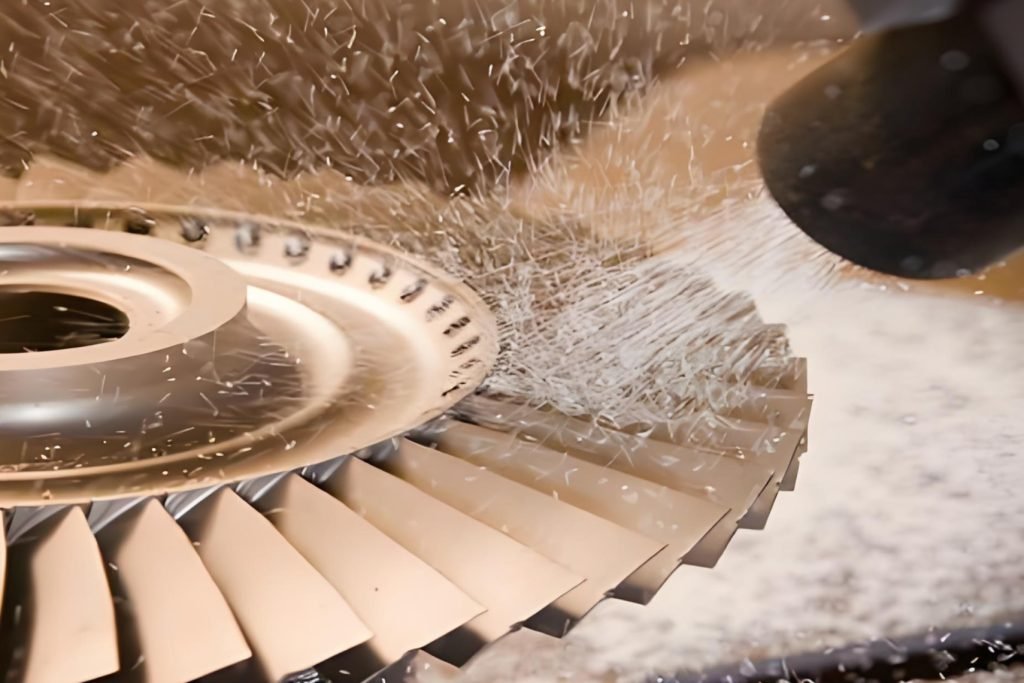
Methods Commonly Used to Check Surface Roughness
It is very important to accurately measure surface roughness to ensure quality and efficiency in many situations.
These are some of the most popular ways to do it:
Profilometers
Profilometers are devices that scan the surface and measure how rough it is. They can be contact or non-contact. Contact profilometers have a tool that physically moves along the surface and records information about its shape. This old-fashioned way works well and is used in a lot of different industrial situations.
Microscopy
Microscopy is the use of regular or electron microscopes to look at the quality of a surface. This method is great for showing surface features in great detail, which lets you look at roughness and other features in more depth.
Non-Contact Methods
Non-contact methods, like laser scanning and interferometry, let you get accurate readings of surfaces without touching them. These methods work great on surfaces that are fragile or easily broken, so traditional contact methods might not be right for them.
Key Considerations to Choose the Right Surface Finish Technique
Choosing the correct surface finish technique is multifaceted. Consider the following:
- First, you should keep in mind the material type. Different materials require specific finishing techniques to achieve the desired surface quality.
- The intended use of the part is also critical. For instance, parts that will be subjected to high stress will need different finishes compared to those intended mainly for aesthetics.
- Cost is another important factor. You’ll want to balance the expense with the required surface quality to ensure you’re getting the best value for your investment.
- Don’t forget about environmental regulations. It’s essential to comply with standards regarding emissions and waste disposal.
- Lastly, consider the surface texture requirements. Some applications demand specific textures to improve performance, like reducing friction or enhancing adhesion.
Applications of Surface Finishing in Various Industries
A wide variety of high-value sectors rely heavily on surface finishing. Each industry uses its own techniques to make their goods better at what they do and more appealing to customers.
Here are some ways that different fields use surface finishing:
Automotive
Surface finishing is an important part of both the function and appearance of cars in the automotive industry. A good finish can make all the difference when it comes to improving the sturdiness and looks of outer parts or fine-tuning engine parts for the best performance. Getting the right surface finish can make a big difference in how well something works, even while the part is being molded.
For example, many automotive manufacturers use advanced zinc-nickel electroplating to enhance the durability of their vehicle components.
Aerospace
For the aerospace industry, surface finishing is all about making sure that important parts work well and are safe. This needs to be finished in a very specific way so that it can withstand harsh circumstances and not break. To meet strict safety standards, the detailed shaping of parts used in airplanes needs to be finished with great care.
Companies like Boeing and Lockheed Martin employ specific coatings and surface treatments to increase the performance and lifetime of their aircraft components, following tight industry standards.
Medical Devices
Surface cleaning helps medical equipment to be safer and more dependable as it increases their durability. From prosthesis to medical equipment, a polished finish not only maintains these vital tools and instruments clean but also increases their lifetime.
To increase the safety and efficacy of their surgical tools and implants, many makers of medical devices apply techniques including passivation and electropolishing.
Electronics
The cleaning of surfaces helps electronics work better together and keeps parts from wearing out too quickly. When shaping electronic cases for the first time or putting the finishing touches on circuit boards, a perfect finish can make them last longer and use less power.
When big electronics companies make semiconductors, they use advanced surface finishing methods like gold plating and solder sealing to make sure their goods work well and are reliable.
Robotics
Surface cleaning is an important part of the robotics industry for making parts last longer and work better. Surface finishes that lower friction and wear are good for robotic parts like gears and joints because they make them last longer. Advanced surface treatments, such as hard chrome plating and PTFE coats, are often used to make robotic systems work better and last longer, which makes processes go more smoothly and reliably.
Construction
Surface finishing in the construction sector enhances material structural integrity in addition to appearance. For instance, buildings and bridges frequently make use of reinforced steel combined with specific coatings meant to prevent corrosion and wear. High-performance paints and welding are two common ways to make sure that infrastructure lasts a long time and looks good in a variety of settings.
Surface Finish Standards in Manufacturing
ISO 1302 and ASME Y14.36 are key standards in manufacturing that ensure surface finish quality and meet customer expectations.
ISO 1302, from the International Organization for Standardization, includes guidelines for measuring surface roughness, symbols for texture, and parameter definitions, helping improve product quality and reduce recalls.
The ASME Y14.36 standard, from the American Society of Mechanical Engineers, specifies methods for indicating surface texture on solid objects in engineering drawings, covering scales, lettering, and roughness symbols to reduce errors and enhance efficiency.
These standards are essential for achieving consistent and high-quality surface finishes in manufacturing.
New Developments in the Field of Surface Finish Technology
Surface finishing methods are always getting better as technology improves:
Additive Manufacturing
The way we get smooth surfaces is changing a lot thanks to additive manufacturing, especially 3D printing. This technology lets you be very precise, which is especially helpful when correct molding is needed to make sure the end product works well and stays together.
Nanotechnology
Nanotechnology is making big steps forward in surface finish technology by making it possible to make finishes that are smooth at the molecular level. As businesses demand smaller, more useful parts with perfect surface quality, this level of accuracy is growing more and more important.
Automation and AI
A different interesting trend is the use of robotics and AI in surface finishing. These technologies are making surface treatments much more accurate and quick, which makes them especially useful for situations where standard molding methods are used but better results are needed.
Laser Technology for Finishing
As laser finishing technology improves, new ways to smooth surfaces to exact specs are becoming available. This technology is making it easier to get exact and uniform finishes in a wide range of settings.
Environmentally Friendly Methods
More attention is being paid to ecology, which is leading to improvements in surface cleaning methods that are better for the environment. These methods are meant to make making less harmful to the environment while still giving products high-quality ends. They show that the industry is becoming more dedicated to using eco-friendly methods.
Conclusion
Manufacturers and suppliers at all levels must have a firm grasp of surface finish technologies. It’s about following industry standards, getting the fundamentals correct, investigating several approaches, and staying current with new advancements.
This helps businesses make their goods work better, keep their customers happy, and stay ahead in a market that is very competitive.
There’s more to showing that you’re skilled than just using these ideas in your manufacturing process. It shows your clients you have the capacity and dependability they need, therefore strengthening their trust.
As a result, they’ll feel more encouraged to place their orders with you, knowing they’re partnering with a reliable and proficient company.

